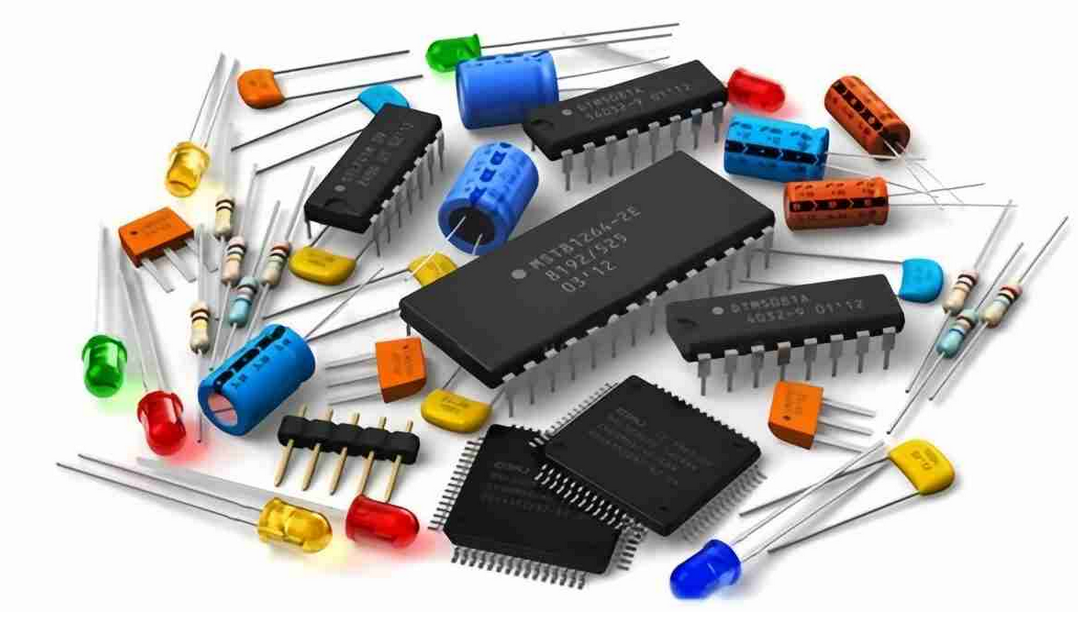The Advantages of Rigid-Flex Circuit Boards in Modern Electronics Manufacturing
Innovation in electronics requires components to be smarter, compact and have high durability. PCB & Assembly provides excellent solutions with rigid-flex circuit boards that are game changes in modern electronics manufacturing. Rigid-flex technology combines rigid circuit boards and layers that are flexible in one technology.
Why flexible, rigid circuits?
Rigid-flex technology takes the circuit board and turns it into something that can be flexible. These allow for three-dimensional configurations without requiring either connectors or cables between separate rigid boards. This makes devices much more reliable, lightweight, and mechanical-stress-resistant.
Greater Durability and Reliability
Perhaps the most attractive feature of rigid-flex circuit boards is their durability. While old PCB relies heavily on soldered connections which may break off, the design reduces connection failures in rigid flex design because its flexible layers absorb mechanical stress, thus less damage from vibration, thermal expansion, or repetitive movement.
Space and Weight Savers
Compactness is a design imperative for today's electronics. The rigid-flex boards help do this because they eliminate bulky wiring and connectors that take up significant internal space. Such internal miniaturization is a plus for such applications as aerospace, medical devices, and wearable technology, where space and weight constraints are paramount.
Electrical Performance Improves
The reduced interaction consequently leads to an improved signal integrity in the rigid-flex PCBs. Conventional wiring poses resistances and signal interference that affect performance. A well-designed rigid-flex board will provide stable electrical interconnections, making the designs most apt for high-speed and high-frequency applications.
Cost-Effective Manufacturing
The design of rigid-flex PCBs is likely to be upfront costly; however, in the long run, they will pay for it. This is because manufacturers create more savings by combining multiple rigid boards into one unit requiring fewer assembly steps and insulating them from component failures that cause high maintenance costs. Improved efficiency and reliability in production processes complement this manufacturing advantage.
Applications Versatile in Electronics.
Rigid-flex PCBs are found in rather many applications. To enumerate a few:
• Medical Devices: Pacemaker, hearing aids, imaging equipment Flexible and redundancy are their advantages in medicine.
• Aerospace & Defense: Electronics have to perform under high extreme conditions.
• Consumer Electronics: Cell-phones, cameras, and gaming devices use this technology because it allows sleek and compact designs
• Automotive Technology: Rigid-flex solutions serve as the backbone for advanced driver-assistance systems (ADAS) and infotainment systems.
How PCBAndAssembly Elevates PCB Manufacturing
As an industry-leading manufacturer of printed circuit boards, we specialize in the production of high-quality rigid-flex PCBs through modern technology and fine superlative engineering. The combination of our expertise is a catalyst for the development of innovative and superior performance products by the greatest brands across the globe.
Final Thoughts
This splicing of rigid-flex circuit boards into electronics manufacture causes distraction in the industry altogether. They are usually found well-endowed as space savers and having their better electrical performance, and thus they are well suited to high-end applications. Partnering with PCBAndassembly makes sure that one has access to the best printed circuit board services, which really paves the way for the forthcoming era of smarter and more efficient electronics. Visit www.pcbandassembly.com for more information.



Comments
Post a Comment